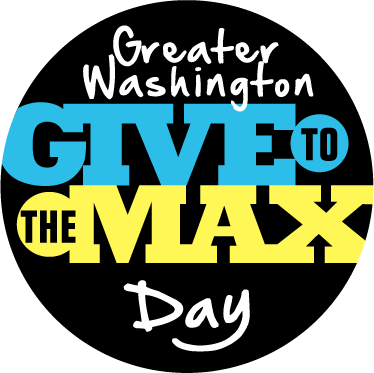 A new report is out today that explores the impact of Give to the Max Day: Greater Washington, which was held for the first time in November. There are some great takeaways for nonprofits thinking abut social fundraising and communities considering organizing giving day events of their own.
A new report is out today that explores the impact of Give to the Max Day: Greater Washington, which was held for the first time in November. There are some great takeaways for nonprofits thinking abut social fundraising and communities considering organizing giving day events of their own.
How Giving Contests Can Strengthen Nonprofits and Communities, authored by Geoff Livingston, was commissioned by the Case Foundation and presented in conjunction with Razoo. Some of the elements the report identifies as contributing to the success of Give to the Max Day: Greater Washington include:
- Contest Structure – the built gamification and prizes created a sense of urgency and excitement. Prizes were awarded to nonprofits who had the greatest number of participating donors and the highest number of individual donations rather than focusing on the total cash raised.
- Training – The program was framed to organizations as an exercise in best practices. Participating organizations had access to live events, half-day traning boot camps, and an online toolkit. Training included using the the Razoo giving platform the giving day was built on, content best practices, online storytelling, social media strategy, and donor cultivation.
- Marketing and Promotions – Marketing for the event focused on raising awareness of the giving day among consumers in the Greater Washington area, and outreach to nonprofit organizations who could participate in the community.
Give to the Max Day: Greater Washington raised over $2 million for 1,200 nonprofits. While the total dollars raised is smaller in comparison to the totals raised in other leading giving days like Give to the Max Day Minnesota and Central Ohio Big Give that raised tens of millions of dollars, those events are in their third and fourth year. So DC was definitely off to a great start.
 Challenges and Tips
Challenges and Tips
Tailor Training
Participating nonprofits had a wide range in the base skill level and capacity they brought to the event. Organizations at different skill levels have different training needs. When you think about building capacity in your organization or community, remember that a one size fits all approach is likely to leave some people frustrated. Tailor your trainings as much as possible.
Time Investment
Plan ahead and don’t underestimate the time investment. Many nonprofits struggled to commit the tim needed to engage their community effectively around the giving day. Of the participants who responded to the post-event survey, most did not invest a ton of time. The report recommends that organizations “plan to invest 10-30 hours of staff time in a campaign to perform well in an online giving day.” Of the participants who responded to the post-event survey:
“Most nonprofits did not spend a great amount of time on the contest— 89 percent spent 30 hours or less, and 60 percent spent 10 hours or less. However, there was a correlation between time spent and success in fundraising. Sixty-two percent of nonprofits who spent 10 to 30 hours on the contest raised $2,500 or more, and 67 percent who spent more than 30 hours raised $2,500 or more. Conversely, only 23 percent of those that spent less than 10 hours netted $2,500 or more.”
Goals and Metrics
Think ahead about what you want to achieve with your participation in a giving day. “Develop success metrics before the day that include more than winning a prize. For example, treat the giving day like a capacity building exercise; use it to highlight a program, or to cultivate new donors.”
Check out the report to learn more of the lessons from Give to the Max Day: Greater Washington.
Avi Kaplan is a Senior Strategist at Rad Campaign, a firm that provides web design, web development, online marketing, and strategy to nonprofit organizations and political campaigns.


COMMENTS